How to Fireproof Your Home and Property Against Wildfires
- August 8, 2024
- 0 comment
Protecting your home from wildfires is crucial. Learn how to fireproof your home and property effectively. Implementing these fireproofing strategies will help safeguard your property against wildfires and ensure the safety of your family and assets.
To start, create a defensible space around your home by clearing away flammable vegetation and debris, keeping your lawn well-watered, and trimming trees and shrubs to maintain a safe distance from structures. Install fire-resistant roofing and siding materials, such as (metal, tile, or stucco), and ensure that vents and eaves are screened to prevent embers from entering your home.

Regularly clean gutters and roofs to remove dry leaves and pine needles. Store firewood and other combustible materials at least 30 feet away from your house, and consider using gravel or stone in your landscaping instead of mulch. Additionally, have a reliable water source and firefighting tools, like hoses and shovels, readily accessible. Developing an emergency plan and staying informed about local fire conditions can also make a significant difference. By implementing these measures, you can enhance the resilience of your home and property against the devastating impact of wildfires.
List of How to Fireproof Your Home and Property Against Wildfires
- Creating Defensible Space
- Using Fire-Resistant Building Materials
- Regular Maintenance
- Safe Storage Practices
- Emergency Preparedness
- Staying Informed
How to Fireproof Your Home and Property Against Wildfires
Wildfires pose a significant threat to homes and properties, especially in areas prone to dry conditions and high winds. As these natural disasters become more frequent and intense, it is crucial to take proactive steps to fireproof your home and property. By creating defensible space, using fire-resistant building materials, maintaining regular upkeep, practicing safe storage, preparing for emergencies, and staying informed, you can significantly reduce the risk of wildfire damage.
Creating Defensible Space
Creating a defensible space around your home is one of the most effective ways to protect it from wildfires. This involves a series of measures aimed at reducing the fuel available for fires around your property.
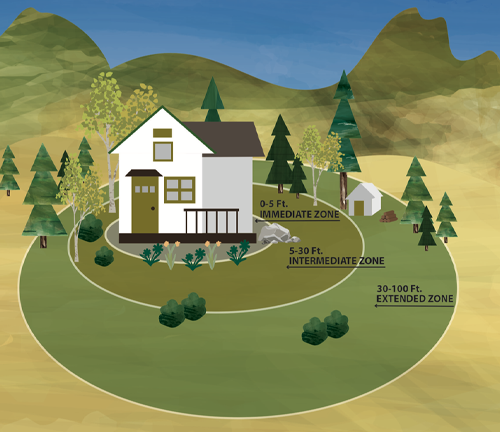
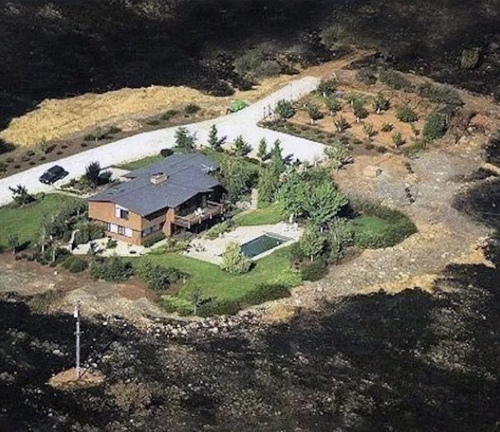
- Explanation of defensible space: Defensible space is a buffer zone created by clearing and maintaining an area around your home to reduce fire hazards. This space slows the spread of wildfire and provides a safe area for firefighters to defend your home.
- Clearing flammable vegetation and debris: Begin by removing any dead plants, dry leaves, and other flammable materials from your yard. This includes raking up leaves, pruning dead branches, and clearing away underbrush. These materials can easily catch fire and spread flames to your home.
- Maintaining a well-watered lawn: A green, well-watered lawn can act as a firebreak, slowing the spread of a wildfire. Regularly water your lawn and other plants to keep them hydrated and less flammable.
- Trimming trees and shrubs: Trim trees and shrubs to create space between them and your home. This includes cutting back branches that hang over roofs or are close to windows and walls. Ensure that there is a sufficient gap between the ground and the lowest branches of trees to prevent ground fires from climbing up.
Using Fire-Resistant Building Materials
Choosing the right building materials can make a significant difference in how well your home withstands a wildfire.
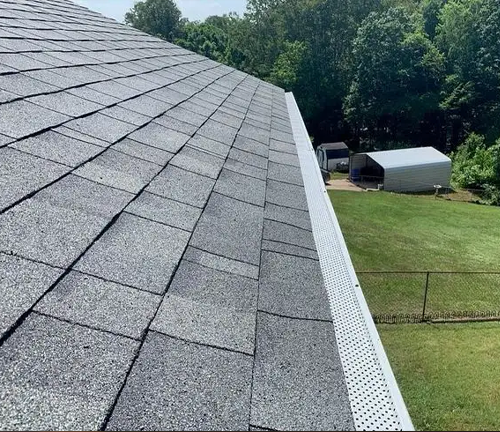
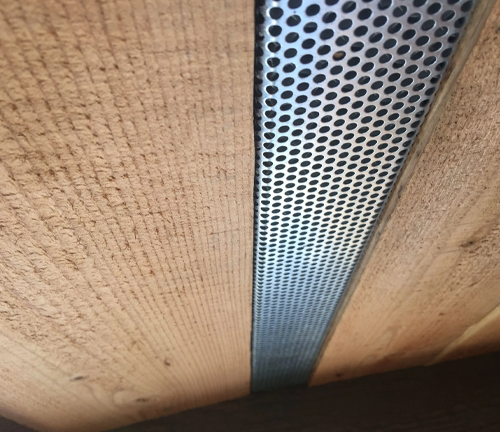
- Installing fire-resistant roofing (metal, tile, stucco): Opt for roofing materials that are less likely to ignite from embers. Metal, tile, and stucco are excellent choices that offer enhanced fire resistance.
- Benefits of fire-resistant roofing materials: These materials not only resist ignition but also prevent the spread of flames, providing critical protection during a wildfire.
- Using fire-resistant siding: Similar to roofing, the siding of your home should also be made from fire-resistant materials. Consider options like brick, stone, or fiber cement siding to reduce the risk of your home catching fire.
- Screening vents and eaves: Install metal mesh screens over vents and eaves to prevent embers from entering your home. These small openings can be vulnerable points where embers can ignite interior structures.
Regular Maintenance
Ongoing maintenance is essential to ensure that your fireproofing efforts remain effective.
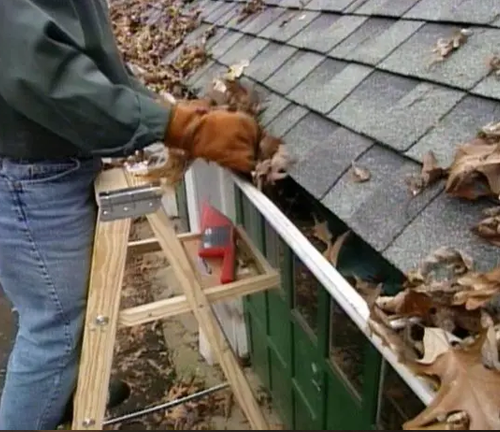
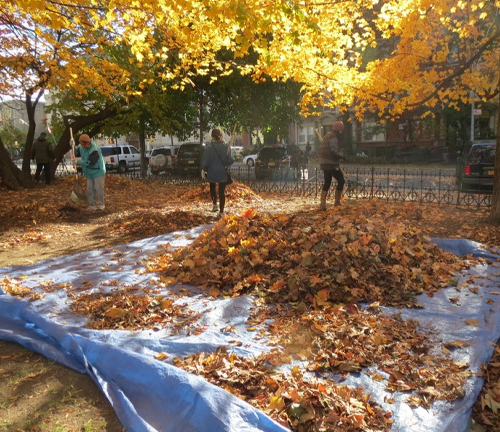
- Cleaning gutters and roofs regularly: Gutters and roofs can accumulate dry leaves and other debris that are highly flammable. Regularly clean these areas to reduce the risk of fire starting from accumulated debris.
- Preventing accumulation of dry leaves and debris: By keeping these areas clean, you remove potential ignition sources that can cause a fire to spread rapidly.
- Removing dry leaves and pine needles: Frequently check your property for dry leaves, pine needles, and other flammable materials. Remove them promptly to maintain a safe environment.
- Importance of regular checks and removal: Regular inspections and prompt removal of debris ensure that your property remains less vulnerable to wildfire threats.
Safe Storage Practices
Proper storage of flammable materials can significantly reduce the risk of fire spreading to your home.
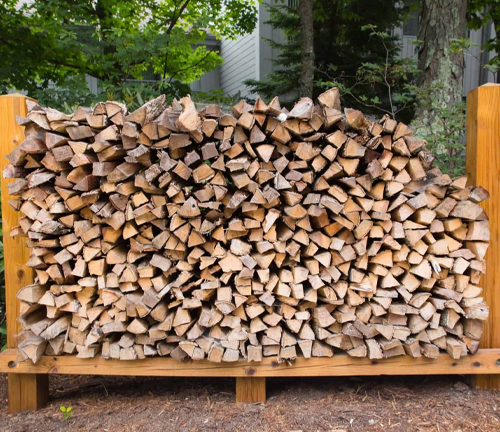

- Storing firewood and combustible materials at a safe distance: Keep firewood, propane tanks, and other combustible materials at least 30 feet away from your house. This distance helps prevent these items from catching fire and spreading flames to your home.
- Recommended distance and reasons: Maintaining this distance ensures that if these materials do ignite, the fire is less likely to reach your home.
- Using gravel or stone in landscaping instead of mulch: Mulch can be highly flammable, especially when dry. Consider using gravel, stone, or other non-combustible materials in your landscaping to reduce fire risk.
- Advantages of non-combustible landscaping materials: These materials do not ignite easily, reducing the chances of fire spreading through your landscaping to your home.
Emergency Preparedness
Being prepared for a wildfire emergency can save lives and minimize damage.

- Ensuring access to a reliable water source: Have a reliable water source, such as a garden hose or a water tank, readily available. This can be crucial for quickly extinguishing small fires or preventing them from spreading.
- Importance of having water readily available: Immediate access to water can help control small fires before they become unmanageable.
- Having firefighting tools available (hoses, shovels): Keep firefighting tools like hoses, shovels, and fire extinguishers in easily accessible locations. Ensure everyone in your household knows how to use them.
- Necessary tools and their locations: Familiarize yourself and your family with the location and proper use of these tools to respond quickly in an emergency.
- Developing and practicing an emergency plan: Create a wildfire emergency plan that includes evacuation routes, communication strategies, and a checklist of essential items to take with you. Regularly practice this plan with your family to ensure everyone knows what to do in case of an emergency.
- Key components of an emergency plan: An effective plan includes clear evacuation routes, communication methods, and a list of important documents and items to take during an evacuation.
Staying Informed
Staying informed about wildfire conditions and potential threats is vital for timely action.
- Monitoring local fire conditions: Keep up-to-date with local fire conditions and warnings through news sources, weather apps, and community alerts. This information can help you take preemptive measures if a wildfire is approaching.
- Methods to stay updated on fire conditions: Utilize various sources of information to ensure you receive timely and accurate updates about wildfire threats.
- Understanding evacuation routes and procedures: Familiarize yourself with the evacuation routes in your area and have a plan for where to go if you need to evacuate. Know the procedures for safely leaving your home and property during a wildfire.
- Importance of knowing evacuation routes: Being aware of and prepared for evacuation routes ensures a safer and more efficient departure if a wildfire threatens your area.
Frequently Asked Questions (FAQs)
1. What is defensible space, and why is it important?
Defensible space is the area around your home where vegetation and other flammable materials have been cleared or reduced to slow the spread of wildfires. It is crucial because it creates a buffer zone that helps protect your home from catching fire and allows firefighters to have a safer area to work in case of a wildfire.
2. What types of roofing materials are considered fire-resistant?
Fire-resistant roofing materials include metal, tile, and stucco. These materials are less likely to ignite from embers compared to traditional shingles or wood shakes.
3. How often should I clean my gutters and roof to reduce fire risk?
It is recommended to clean your gutters and roof at least twice a year, preferably in the spring and fall. However, in areas with high wildfire risk, more frequent cleaning may be necessary, especially during dry seasons.
4. What should I do with firewood and other combustible materials?
Store firewood, propane tanks, and other combustible materials at least 30 feet away from your home. This distance helps prevent these items from catching fire and spreading flames to your house.
5. Are there any landscaping materials that are safer to use around my home?
Yes, using non-combustible materials like gravel or stone in your landscaping can reduce fire risk. Avoid using mulch, especially near your home, as it can be highly flammable when dry.
6. How can I ensure my home’s vents and eaves are protected from embers?
Install metal mesh screens over vents and eaves to prevent embers from entering your home. These small openings can be vulnerable points where embers can ignite interior structures.
7. What are the essential firefighting tools I should have on hand?
Essential firefighting tools include garden hoses, shovels, fire extinguishers, and a reliable water source, such as a water tank or pool. Ensure these tools are easily accessible and that everyone in your household knows how to use them.
8. How do I develop a wildfire emergency plan?
Developing a wildfire emergency plan involves identifying evacuation routes, establishing communication strategies, and creating a checklist of essential items to take with you. Regularly practice this plan with your family to ensure everyone knows what to do in case of an emergency.
9. How can I stay informed about local fire conditions?
Stay informed about local fire conditions by following news sources, weather apps, and community alerts. Many local fire departments and emergency services provide up-to-date information on wildfire threats and conditions.
10. What should I do if a wildfire is approaching my area?
If a wildfire is approaching, follow your emergency plan, keep your property as clear of flammable materials as possible, and be ready to evacuate if instructed by authorities. Ensure that you and your family are aware of the nearest evacuation routes and have a destination in mind.

Gilbert Griffin
Forestry AuthorGilbert Griffin is a forest management expert specializing in sustainable practices, forest health, conservation, and land management. With extensive knowledge in pest control, disease management, and habitat restoration, Gilbert develops strategies to preserve forest ecosystems and biodiversity. Passionate about the natural world, Gilbert adapts to changes in forest management and stays updated through continuous learning. Gilbert also provides seasonal advice to optimize forest care throughout the year.

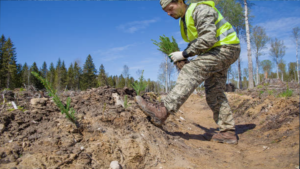


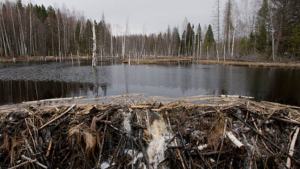
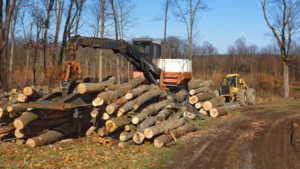

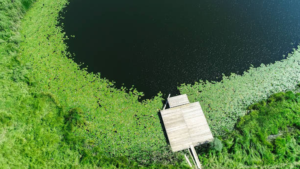

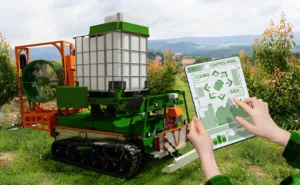
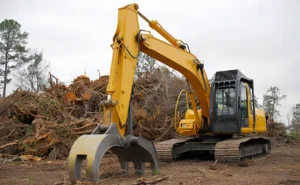
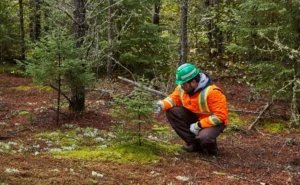

Leave your comment